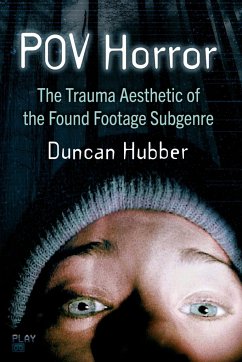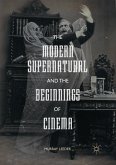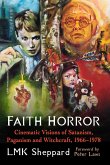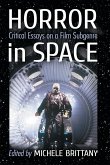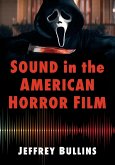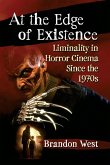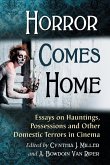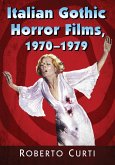Drawing together strands of film theory and psychology, this book offers a fresh assessment of the found footage horror subgenre. It reconceptualizes landmark films--including The Blair Witch Project (1999), Cloverfield (2008), Paranormal Activity (2009), and Man Bites Dog (1992)--as depictions of the lived experience and social legacy of psychological trauma. The author demonstrates how the frantic cinematography and ambiguous formulation of the monster evokes the shocked and disoriented cognition of the traumatized mind. Moreover, the frightening effect of trauma on society is shown to be a recurring theme across the subgenre. Close textual analysis is given to a wide range of films over several decades, including titles that have yet to receive any academic attention. Divided into four distinct sections, the book examines how found footage horror films represent the effects of historical and contemporary traumatic events on Western societies, the vicarious spread of traumatic experiences via mass media, the sublimation of domestic abuse into haunted houses, and the viewer's identification with the monster as an embodiment of perpetrator trauma.
Hinweis: Dieser Artikel kann nur an eine deutsche Lieferadresse ausgeliefert werden.
Hinweis: Dieser Artikel kann nur an eine deutsche Lieferadresse ausgeliefert werden.

